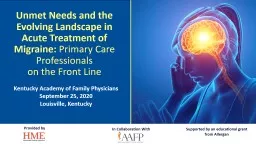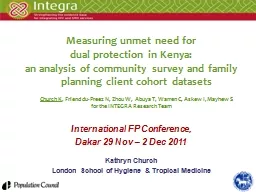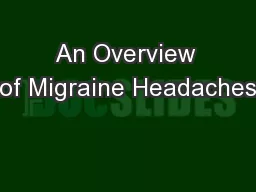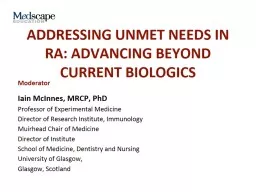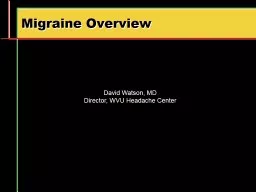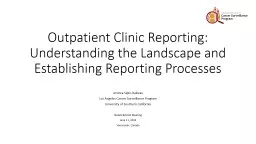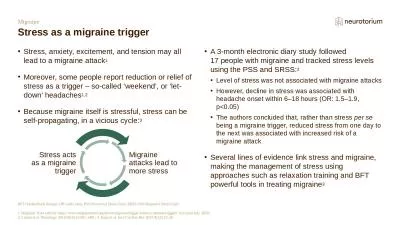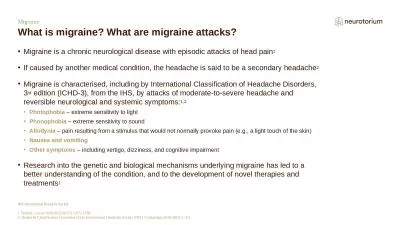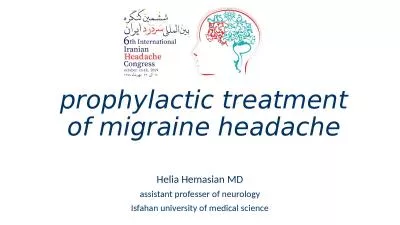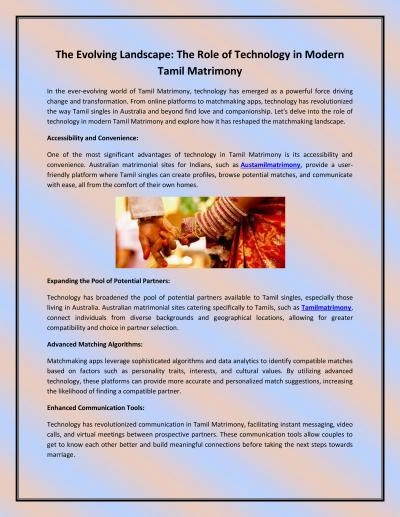PPT-Unmet Needs and the Evolving Landscape in Acute Treatment of Migraine:
Author : ruby | Published Date : 2022-06-18
Primary Care Professionals on the Front Line Supported by an educational grant from Allergan In Collaboration With Provided by Kentucky Academy of Family Physicians
Presentation Embed Code
Download Presentation
Download Presentation The PPT/PDF document "Unmet Needs and the Evolving Landscape i..." is the property of its rightful owner. Permission is granted to download and print the materials on this website for personal, non-commercial use only, and to display it on your personal computer provided you do not modify the materials and that you retain all copyright notices contained in the materials. By downloading content from our website, you accept the terms of this agreement.
Unmet Needs and the Evolving Landscape in Acute Treatment of Migraine:: Transcript
Download Rules Of Document
"Unmet Needs and the Evolving Landscape in Acute Treatment of Migraine:"The content belongs to its owner. You may download and print it for personal use, without modification, and keep all copyright notices. By downloading, you agree to these terms.
Related Documents

